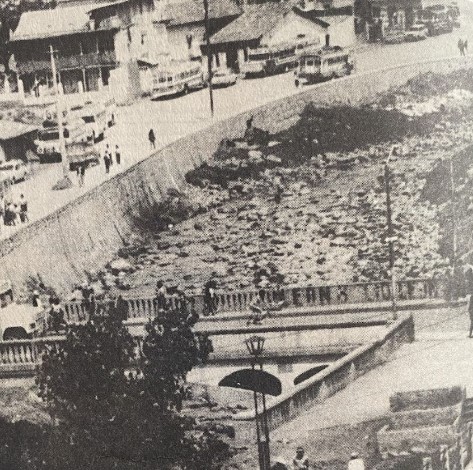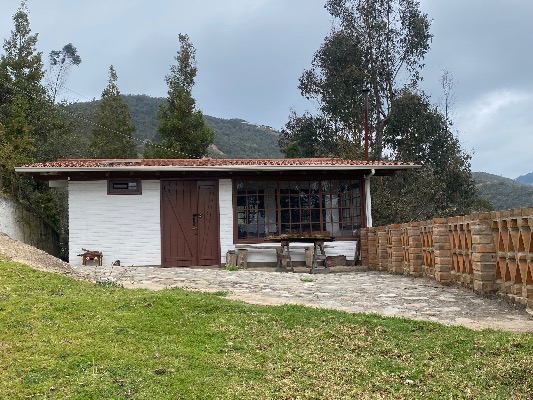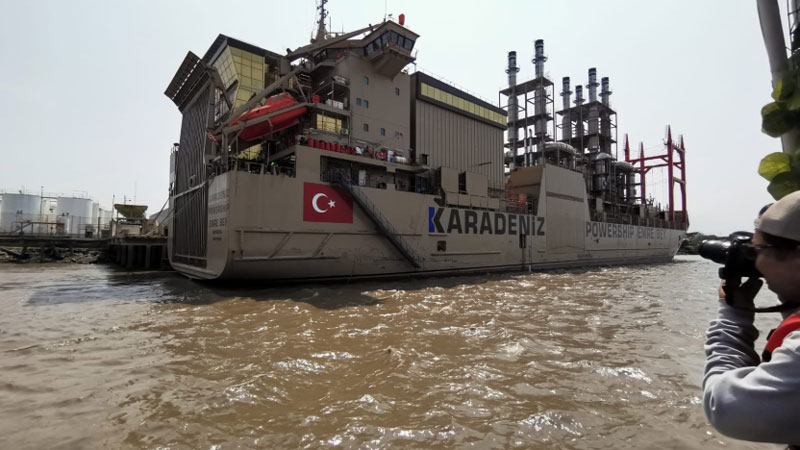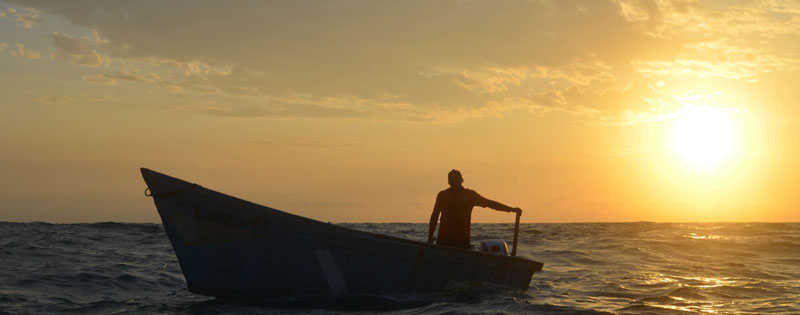Although the current drought is serious, Cuenca has endured far worse over the years
By Liam Higgins
While Cuenca recorded its 65th day without significant rainfall Sunday, the current drought is far from the city’s worst. A check of weather records shows at least 20 drought years since 1950, including four classified as “extreme.”

A photo of the dry Rio Tomebamba that appeared in El Mercurio in 1985.
During ten droughts in the last 74 years, the city has been forced to ration drinking water, most recently in 2010. Also in 2010, the national government imposed electric blackouts and required cities to turn off streetlights and other nighttime lighting.
In 1968, city residents went 12 hours a day without running water and had no electricity on most nights for a two-month period. Mayor Ricardo Muñoz issued an “Appeal to Citizens” and warned that those violating water-use rules would be subject to fines. Car washing, including that performed by businesses, was banned as was washing clothes in the “limited trickle” of city rivers due to the pollution it caused.
“In view of the serious emergency due to the prolonged drought and the dry conditions of our rivers, I make the most fervent and patriotic appeal to residents to observe the established conservation and hygiene measures the municipal government has established,” Muñoz was quoted as telling an El Mercurio reporter in December 1968.
In July 1985, El Mercurio reported that the Rio Tomebamba was “entirely dry” and that the Rios Yanuncay and Tarqui were “only trickles.” Water service was suspended at one point that year for a two-day period and electric blackouts were imposed from 6 p.m. to 6 a.m.” At one point, the national government mandated the “deactivation” of all electric traffic signals in the country

A family walks across the almost-dry Rio Tomebamba during a drought.
Based on a 2017 study by meteorologist Lisbeth Valarezo, since 1980 Cuenca has experienced “moderate” droughts in 1980-1982, 1986-1987, 1990-1992, 1995, 2000, 2002 and 2006. “Severe” droughts occurred in 1983, 1995, 1997 and 2010, while the “most extreme” droughts were in 1982, 1985, 2001 and 2005.
Valarezo’s calculations were based on rainfall totals, river flow rates and total hours and days of water and electricity rationing.
According to retired assistant director of Ecuador’s Meteorology Institute, Carlos Iglesias, the current drought is well into its second year. “For almost two years, we have experienced below-normal rainfall,” he says. “Part of this can be attributed to the 2023 El Niño, which followed historical norms of reducing annual rainfall by about 30%. What is aggravating the situation is that below-normal rainfall has continued into 2024, after the El Niño ended.”
Iglesias said Cuenca recorded 483 millimeters (19 inches) of rainfall in 2023, 240 millimeters below the 724-millimeter average. “Although we have experienced 60 or so days without rain, it is important to understand that drought conditions are, in reality, approaching a two-year anniversary, and that is what makes it troublesome, since watersheds and aquifers have been depleted as well as the rivers.”

















